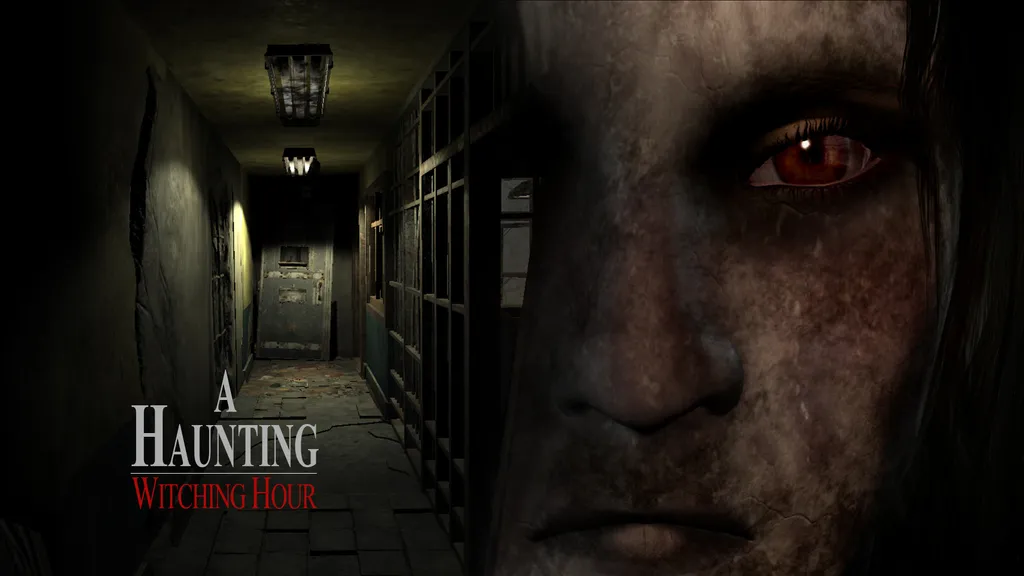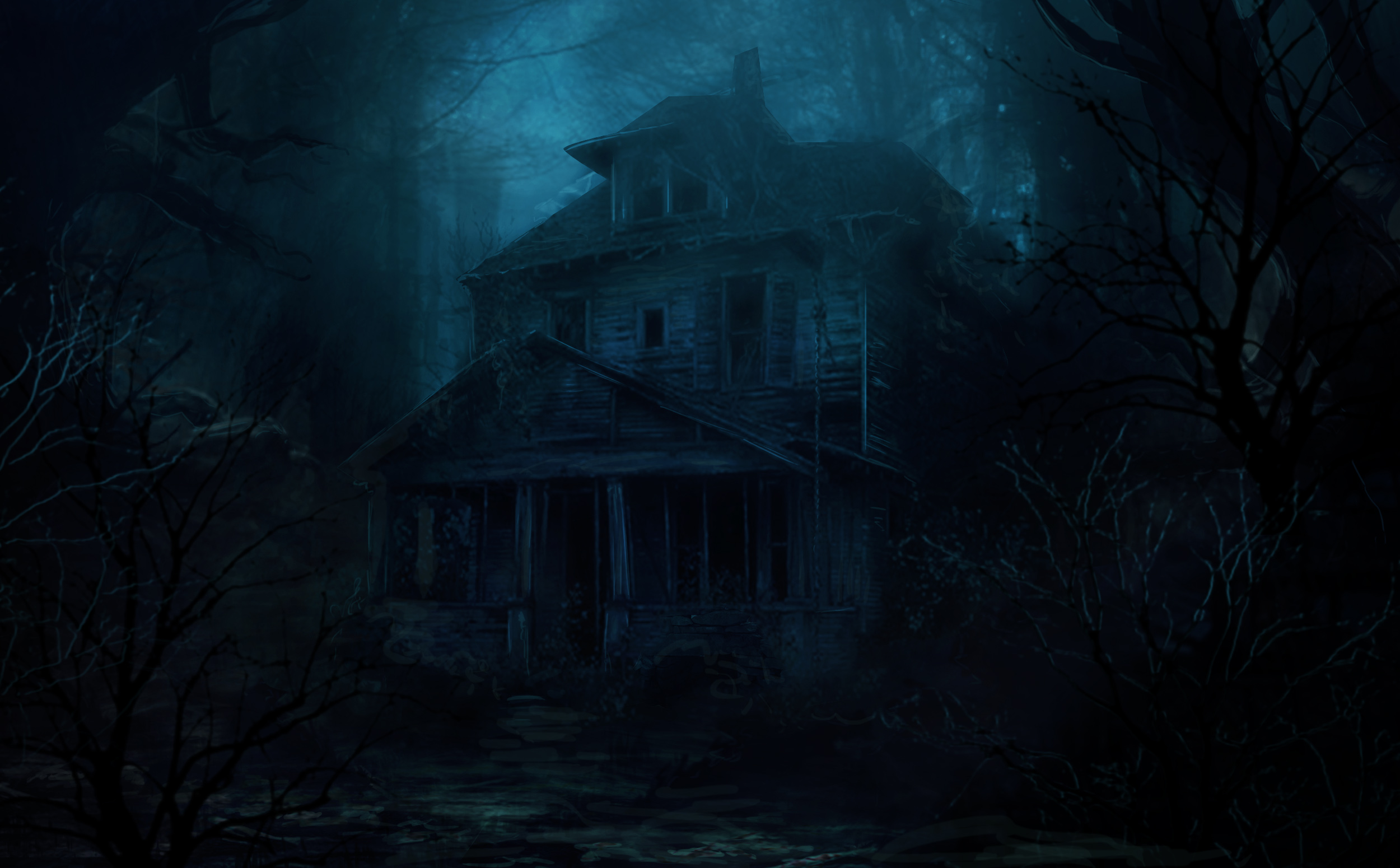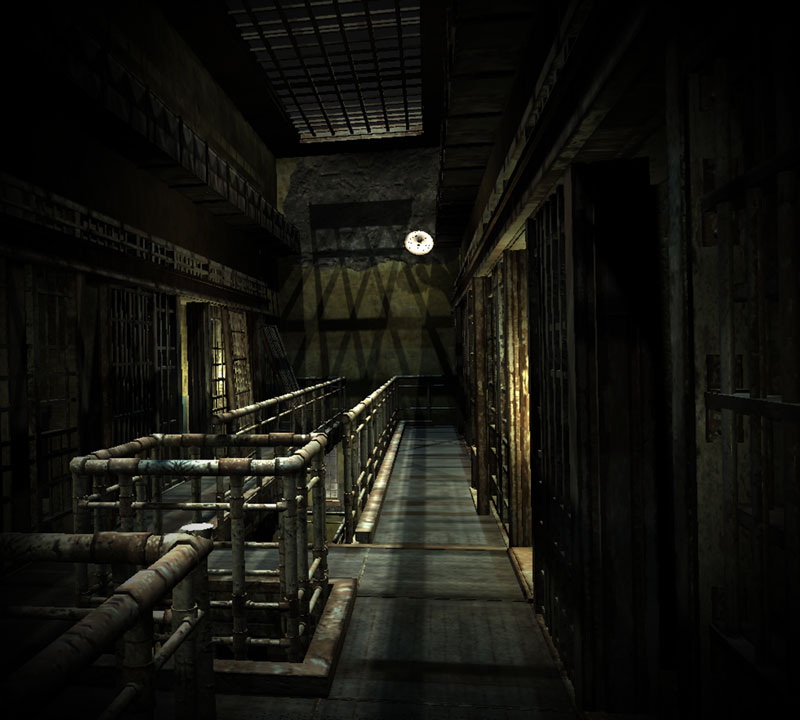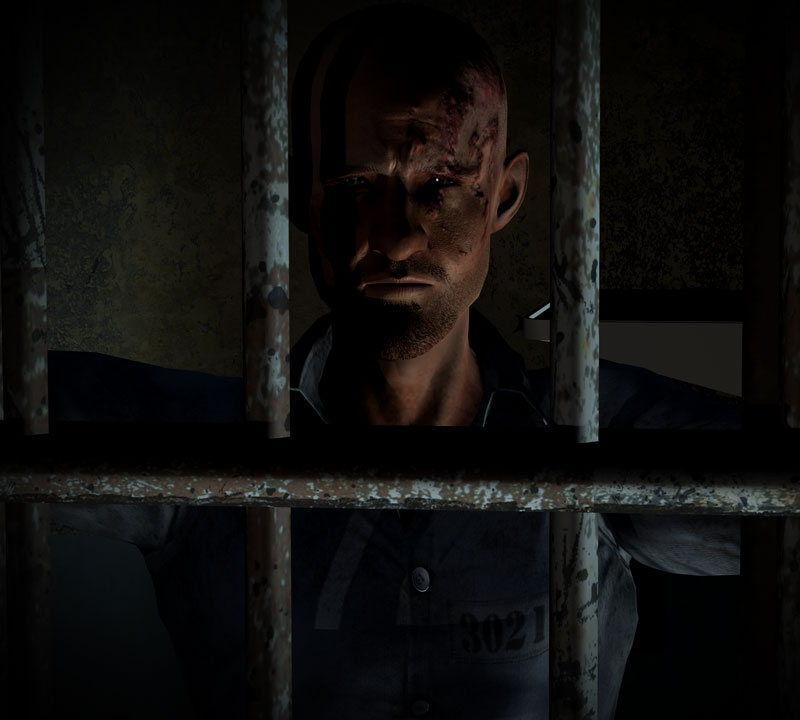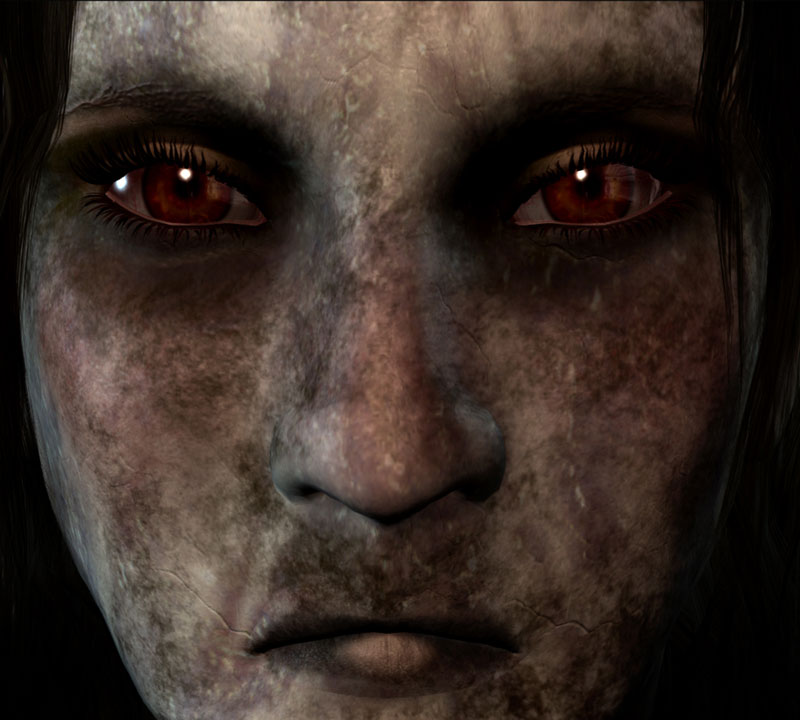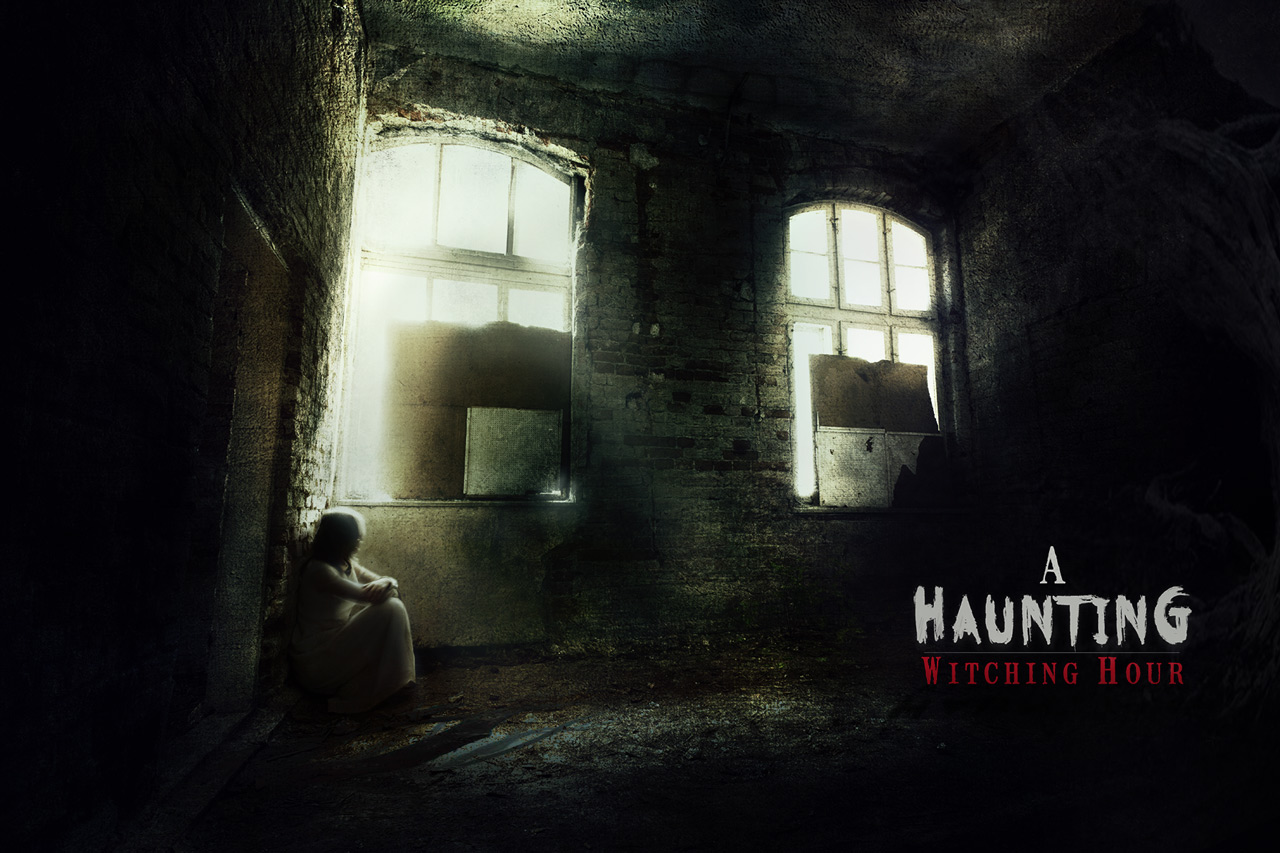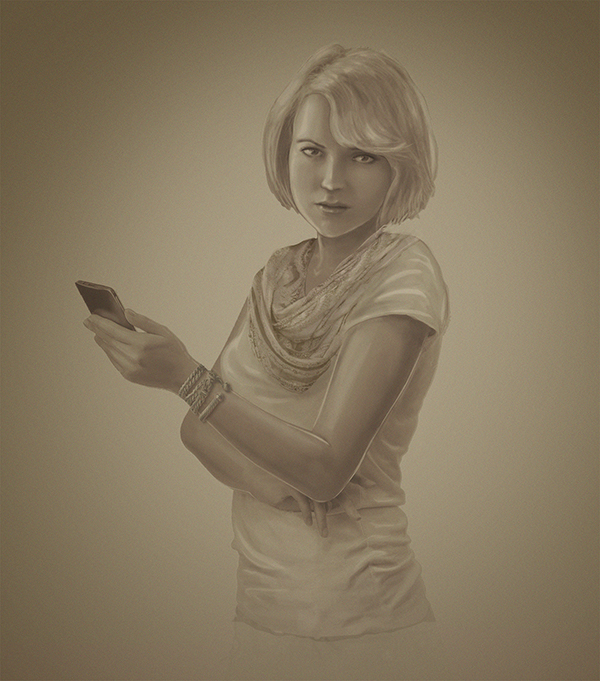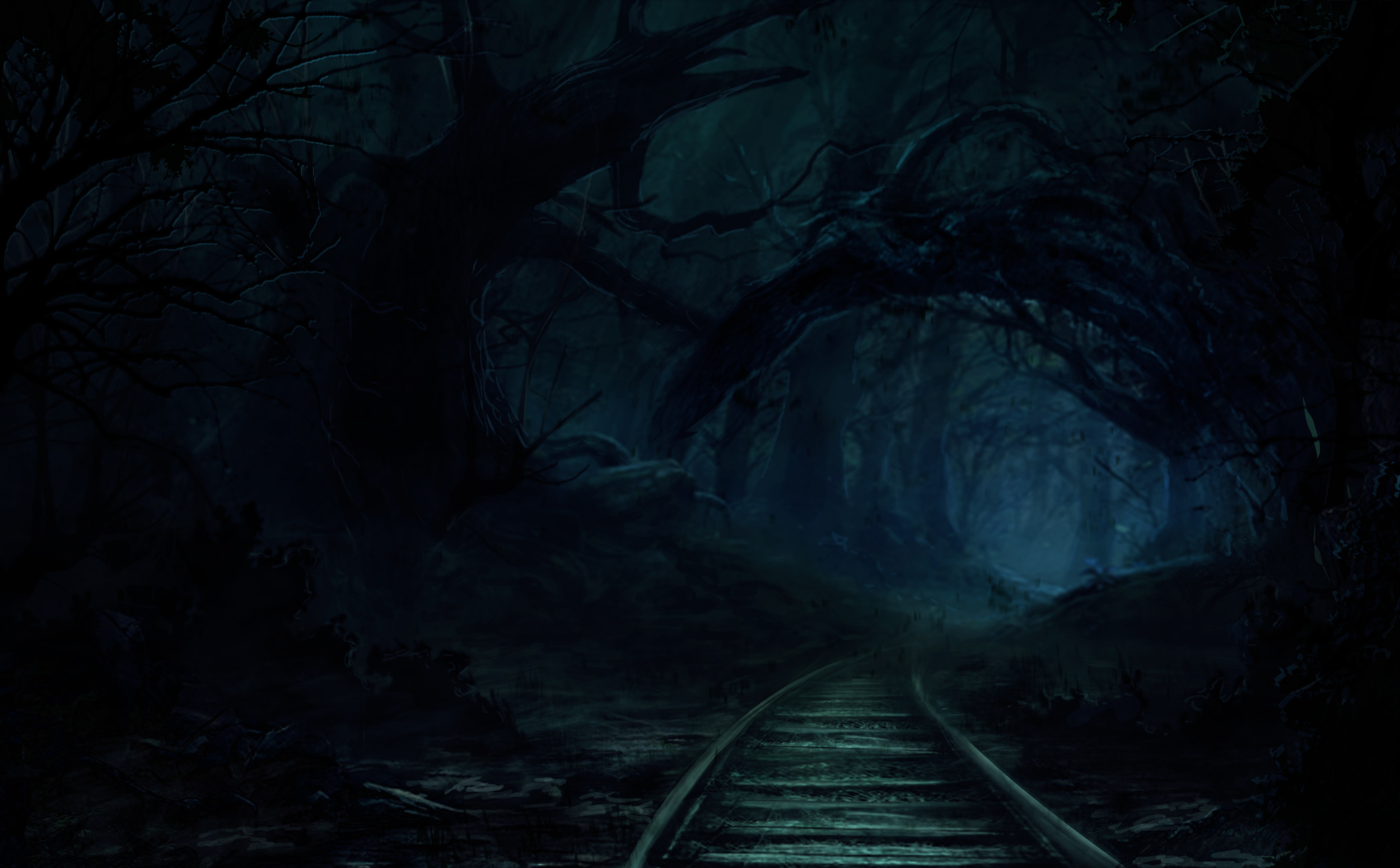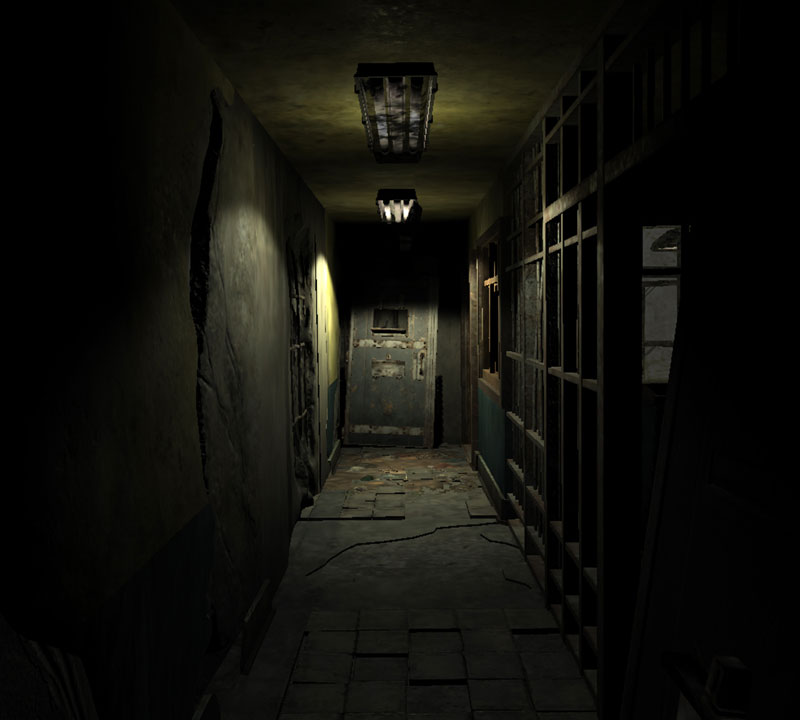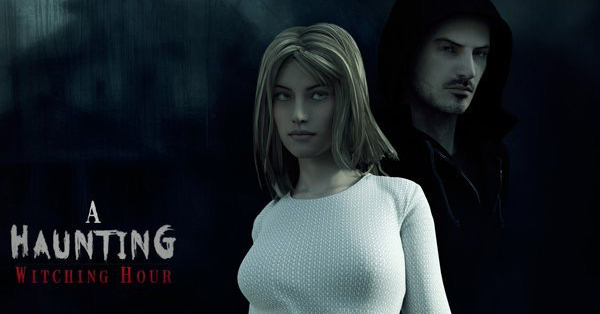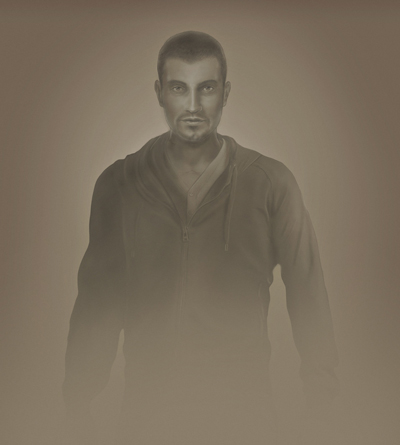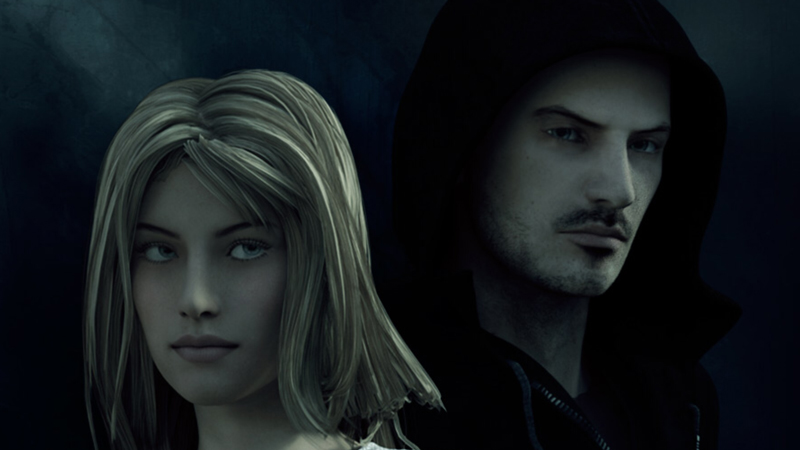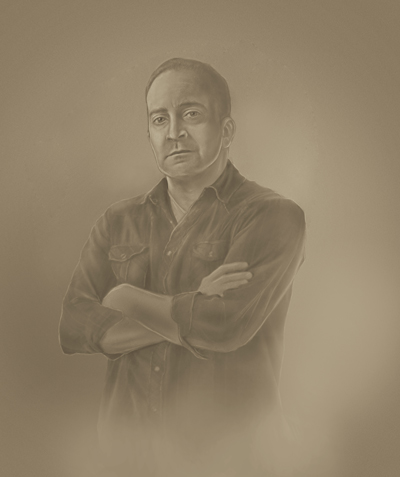We’re currently amidst an onslaught of VR horror titles. In the past month or so, we’ve reviewed games like Edge of Nowhere, A Chair in a Room, Dark Days, The Brookhaven Experiment, and covered the launch of several others. As a huge personal fan of the genre, this is exciting, but I also fear we might soon reach the point of oversaturation. That’s why unique titles like A Haunting: Witching Hour are so encouraging to see.
Enyx Studios, a small group of first-time indie developers, are crafting A Haunting: Witching Hour to be a deep, immersive, atmospheric horror game. “It was a pretty ambitious project to take on as a first title, but we really wanted to create an interactive experience for gamers that hasn’t existed thus far,” explained Dan Hileman, CEO of Enyx Studios. “For me, I really wanted to create a VR experience that feels like you are in that environment. One that allows you to move around freely instead of using the common teleportation mechanic to move around. Basically, I wanted to take people into the world of Shady Hollow and hopefully through the visuals, they feel like they are actually there.”
Instead of relying on the zombies and monsters like so many other VR horror games are utilizing by default, A Haunting: Witching Hour is taking a more detailed “investigation documentary gone wrong” approach, similar to classic films like The Blair Witch Project. According to Hileman, their team is creating a story that could easily be turned into a film as well, with such a heavy focus on world building and emotional storytelling.
In fact, the backstory sounds awfully similar to Blair Witch at first glance. According to the game’s official website, witches, strange disappearances, and captivity are all pieces of this game’s complex and terrifying puzzle. Here’s the general plot summary:
Episode One follows an indie film crew who travels to Shady Hollow to produce a documentary on John Beaumont and the disappearance of the 2 miners. In 1975 John was accused and convicted of murdering two coal miners. During the investigation, John claimed it was the Hollow Creek Witch responsible for the disappearance of the miners.
Players take on the role of Eddie, a character with a checkered past who has psychic abilities that allows him to see things from the past while touching items found throughout the game. The game will start off with Eddie being found along a lonely road by police. The police bring Eddie in for questioning in regards to the whereabouts of the remaining film makers. As Eddie tells his story, players are taken to that point in the story and play through what happened at that point.
Enyx is also planning to release a demo before the first episode of the game which will be positioned as a prequel story, letting you experience John Beaumont’s final night in prison, 40 years prior to the events of the main game.
Part of what makes this project so interesting however, is the amount of care and attention that went into crafting a smooth, but accessible, movement system. The team at Enyx aren’t fans of teleportation-based movement, but understand the concerns with motion sickness, so they dug into the game to modify the character’s locomotion in a way that avoids many of the motion sickness issues most people face.
“We basically made the movements feel more natural when the player is using a VR headset,” said Hileman. “We found that normal character controllers, or movement systems, found in first person games often move extremely fast. Much faster than a person would move in the real world. That among some other things seems to trigger something in the brain that says this is not right, I am not moving like this, I feel sick.”
The most recent example of this issue is the PS VR Resident Evil VII demo that literally made people sick while playing. Ripping off your headset in sheer terror regarding the world around you is one thing, like I saw happen with Paranormal Activity at GDC, but I don’t think people feeling the need to vomit is the ideal result for any VR developer.
“We wrote a few algorithms and based on what the player is doing at that time, the character controller’s movement acts and responds differently,” said Hileman. “One good example is in normal life, we walk on flat ground much faster than we do when we walk up or down a set of stairs. We have checks going on that determine if the player is on stairs and it adjusts how fast the character moves up and down those stairs to resemble real world movements.”
In fact, Hileman sent me a tech demo of that very movement system for my own testing purposes, you can see some brief moments of that below.
You might notice a couple of fundamental tweaks that the folks at Enyx made to make the movement as accessible as possible. For starters, there is an acceleration mechanic in place when you start moving. At first, your steps are a bit slower, then you pick up the pace after you get going. That’s designed to mimic the movement you actually make when going from zero-to-walking.
Then as Hileman mentioned, things slow down significantly when you’re going up or down stairs. However, the most noticeable alteration I found was that, while walking in a straight line using the left analog stick, I can turn my head to look from side-to-side without disrupting my movement. Most VR games that use a gamepad would force you to steer and move in whatever direction your head faces, but A Haunting: Witching Hour lets your head react independently.
That’s the case of course unless you’re not moving at all.”If you are at a full stop and turn your head to look at something and then start to move,” said Hileman, “You move in that direction instead of the normal forward direction.”
It’s a surprisingly reactive movement system that seems able to adapt to a multitude of situations. Hileman says they’ve tested the mechanic on nearly a dozen people that have experienced significant VR sickness issues in the past and absolutely none of them have felt sick while playing A Haunting: Witching Hour. Whether that trend continues when the game is more widely available remains to be seen, but it certainly felt great from my perspective.
The demo for A Haunting: Witching Hour is expected to release in a few weeks with the full first episode debuting later this year. The game will be available for PC, both 2D and VR, and will support the HTC Vive and Oculus Rift. The team is also planning to release the game on PS4 with PS VR support – they’ve already gotten their dev kit – and will eventually add Xbox One support after the fact.
We’ll have more impressions once the full demo build is available for preview.

